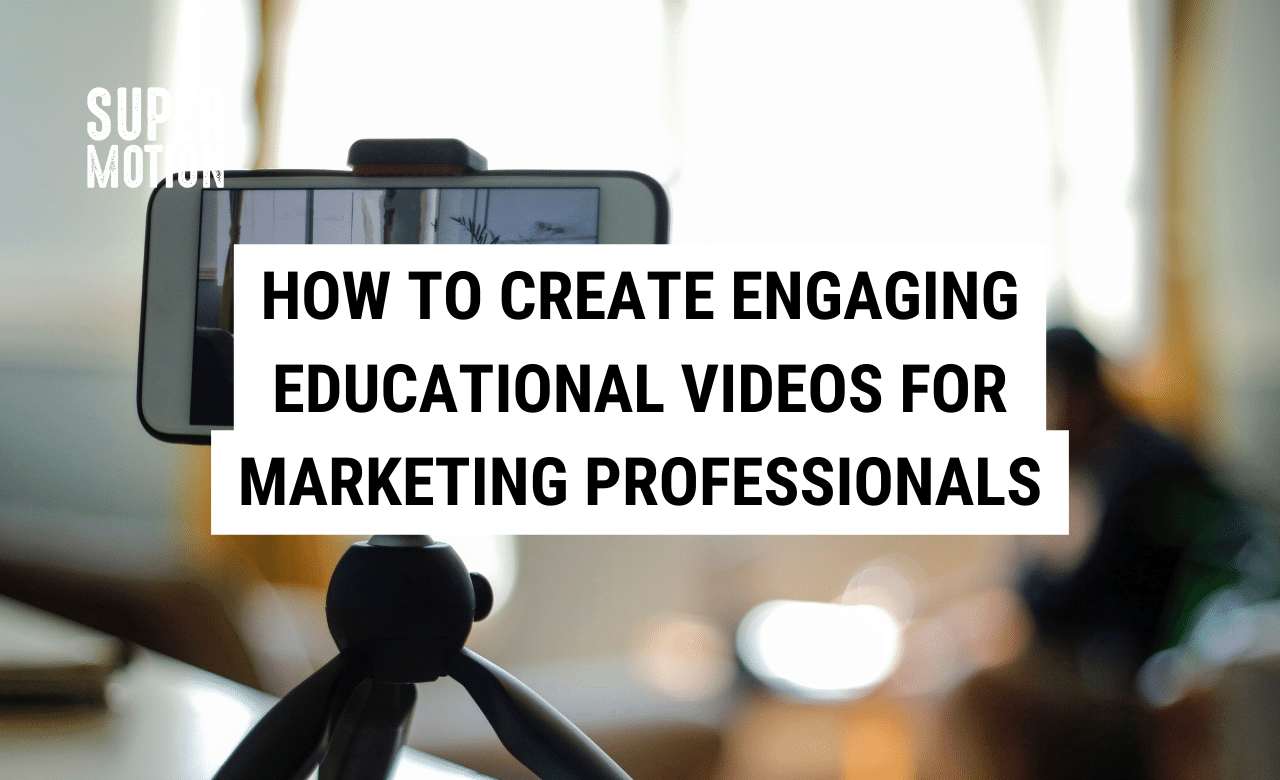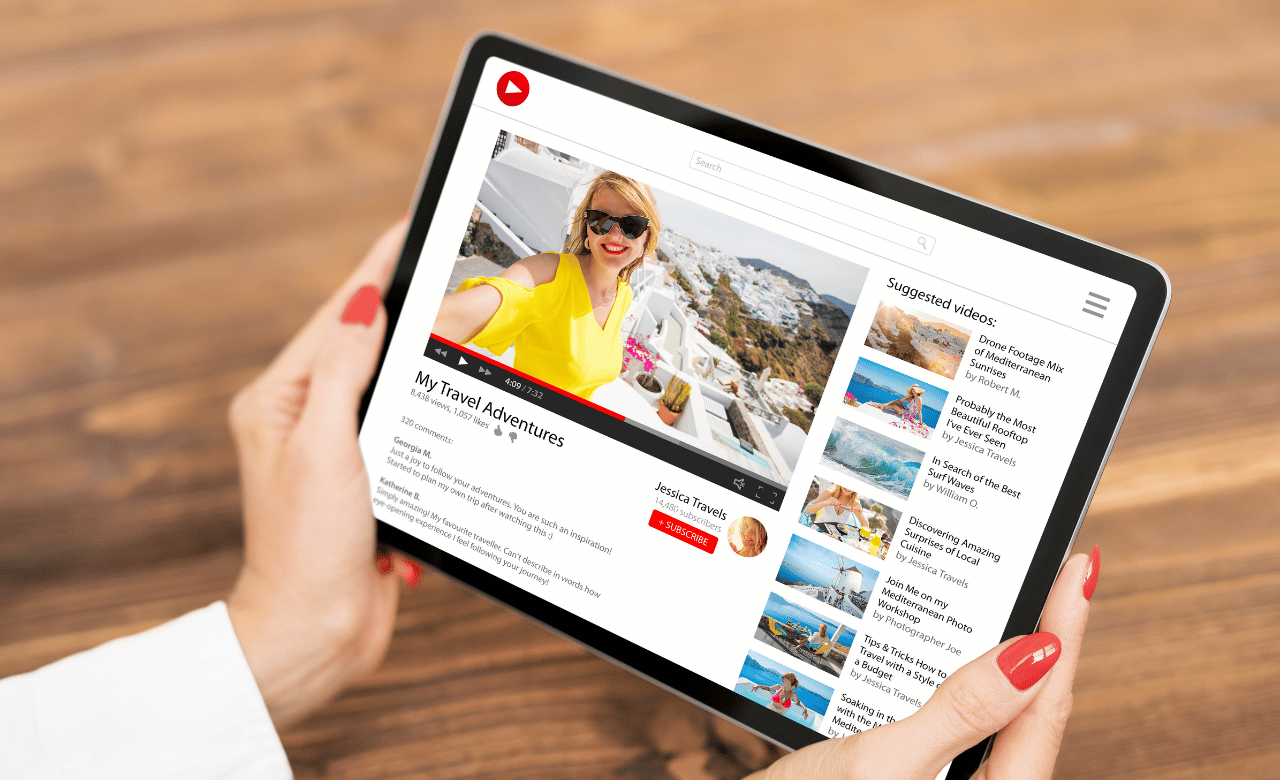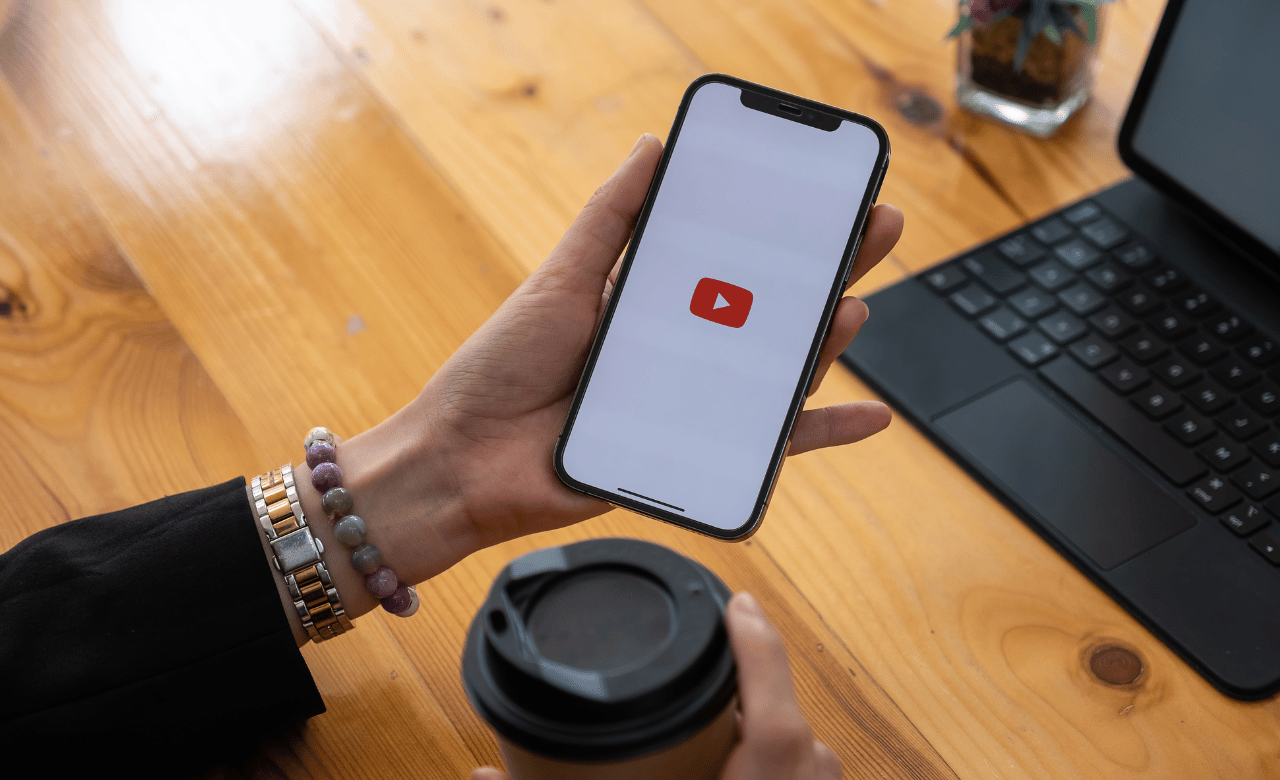How to Create Engaging Educational Videos: Best Practices for Marketing Professionals

In today’s world, creating engaging educational videos has become one of the most important marketing strategies for brands. As Marketing Professionals, the success of your videos depends on your ability to keep your audience engaged and interested.
The key to that success is understanding your audience and creating a video that speaks to their interests and needs.
In this blog post, we’ll explore best practices for creating engaging educational videos and using specific industry examples, we’ll offer deep insights into the topic.
Start with a Clear Goal for your Educational Video
The first step in creating engaging educational videos is to have a clear goal in mind.
Your video should have a specific purpose, whether it’s to educate your audience, promote your product, drive traffic to your website, or increase brand awareness. Once you have your goal in mind, you can create a script that is tailored to that specific purpose.
For example, let’s say you want to create a video to educate your existing customers about the benefits of a new product. Your script should focus on highlighting the product’s key features and benefits, and show different real-world examples of how it could improve their lives.
Keep your Educational Videos Short and Sweet
The attention spans of audiences are getting shorter, so it’s important to keep your educational video content short and to the point. Industry studies suggest that videos that are under 2 minutes long have the best engagement rates. So, focus on delivering your message in a concise and informative way.
Imagine that you’re creating a product demo video. For a product demo video, you need to focus on the key features and benefits, and show how they work — but don’t go too deep into the technical details. Your audience will appreciate your ability to explain complex ideas in a simple and easy-to-understand way.

Educational Videos: Short isn’t always Sweet
While it’s important to keep videos under 2-minutes in the majority of cases, don’t forget there are exceptions to every rule. There are times where longer content works better.
According to Wistia (2023), there has been a trend of increasing video lengths in recent years — but when should you use longer content?
There are many factors but here are a couple of things to bear in mind when deciding how long your video should be:
How engaged is your target audience in the subject?
If the audience is highly engaged (e.g. like a customer who is close to deciding to buy from you) is far more likely to watch a 10-minute video than someone who accidentally found your video scrolling their Facebook feed.
Which platforms do you plan to use to share your educational video?
If you’re sharing your video on a platform like TikTok, short videos will work much better than a longer video to engage the audience. On the other hand, sharing a longer video would work better on YouTube where videos are often longer than 5-minutes.
Although there are occasions where longer videos do work well, if you’re unsure, it’s better to create a shorter video — or ask a video marketing expert for guidance.

Hook your Audience with a Compelling Story or Visuals
One of the most effective ways to engage your audience is by starting your video with a compelling story or striking visuals.
Storytelling is a powerful tool that can capture your audience’s attention and keep them engaged throughout the video.
For instance, if you’re creating a video to promote an environmental cause, you could start with a dramatic visual of a polluted river or a forest fire. Then, tell a story of how your brand is working to make a difference. This approach will not only keep your audience engaged, but it will also help them connect emotionally with your brand.
Give your Audience Homework: Use a Call to Action
To maximise the impact of your video, make sure to include a call to action at the end. This could be a request for viewers to like, share, or comment on the video, or a link to your website where they can learn more.
For educational videos, using the call to action in this way is like setting your audience homework to put into practice something that you taught them during the video.
Let’s say you wanted to educate potential customers on how to plan a marketing campaign. You can end your video with a call to action to download a free resource from your website to help them plan their marketing campaign. This will encourage viewers to take action and will help drive traffic to your website.

Assess the Impact of your Educational Videos
Finally, just like teachers use exams to assess students’ understanding, it’s important to do the same for your video content.
You need to measure the impact of your educational videos and optimise them based on the results. This means using tracking metrics like engagement rates, views, shares, and conversions, and acting on these insights to improve future videos.
For example, if you find that your educational videos aren’t performing well on social media, you have a few things you may want to consider:
- Are you targeting the right audience?
- Is the right audience seeing your content?
- Do you need to rethink the format or the content in your educational videos?

Conclusion
Creating engaging educational videos is an art that requires a deep understanding of your audience and a willingness to experiment and learn.
By starting with a clear goal, keeping it short and sweet, hooking your audience with a compelling story or visuals, including a call to action, and measuring and optimising your videos, you can create videos that engage your audience and drive results.
As Marketing Professionals, it’s essential to use the best practices and create videos that not only educate but also entertain and engage your audience.
To start your video journey book here for a strategy call or get in touch on 01225 970242.
